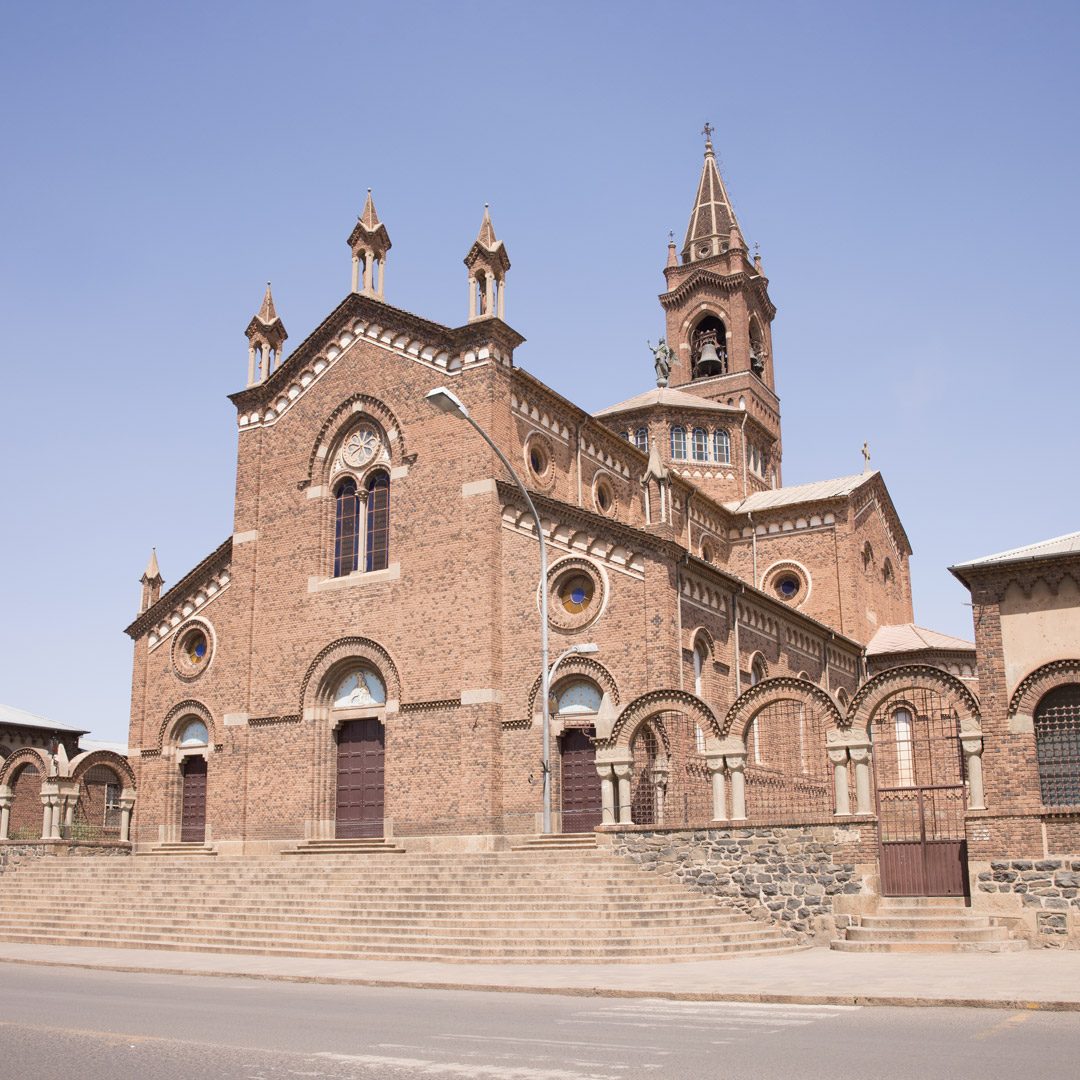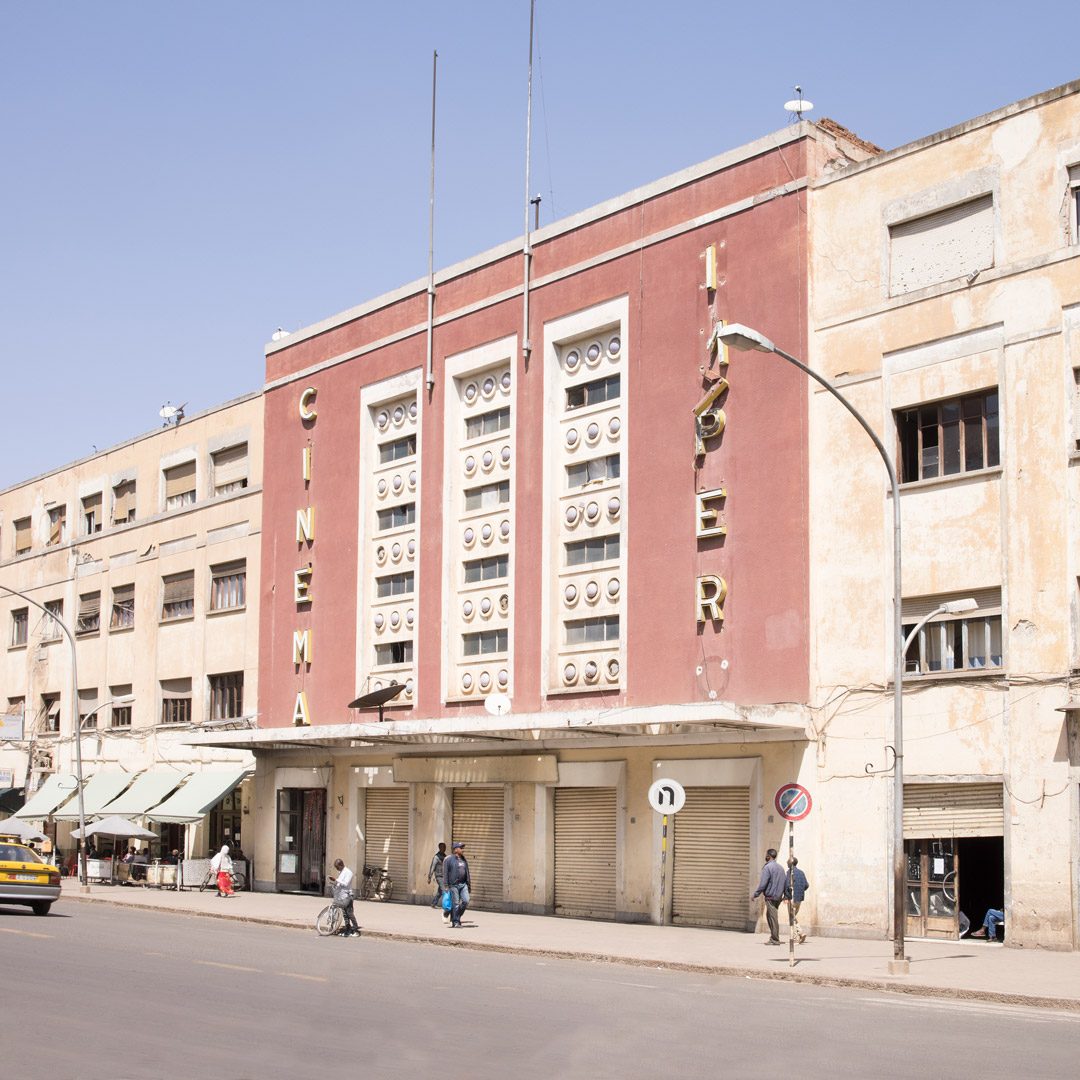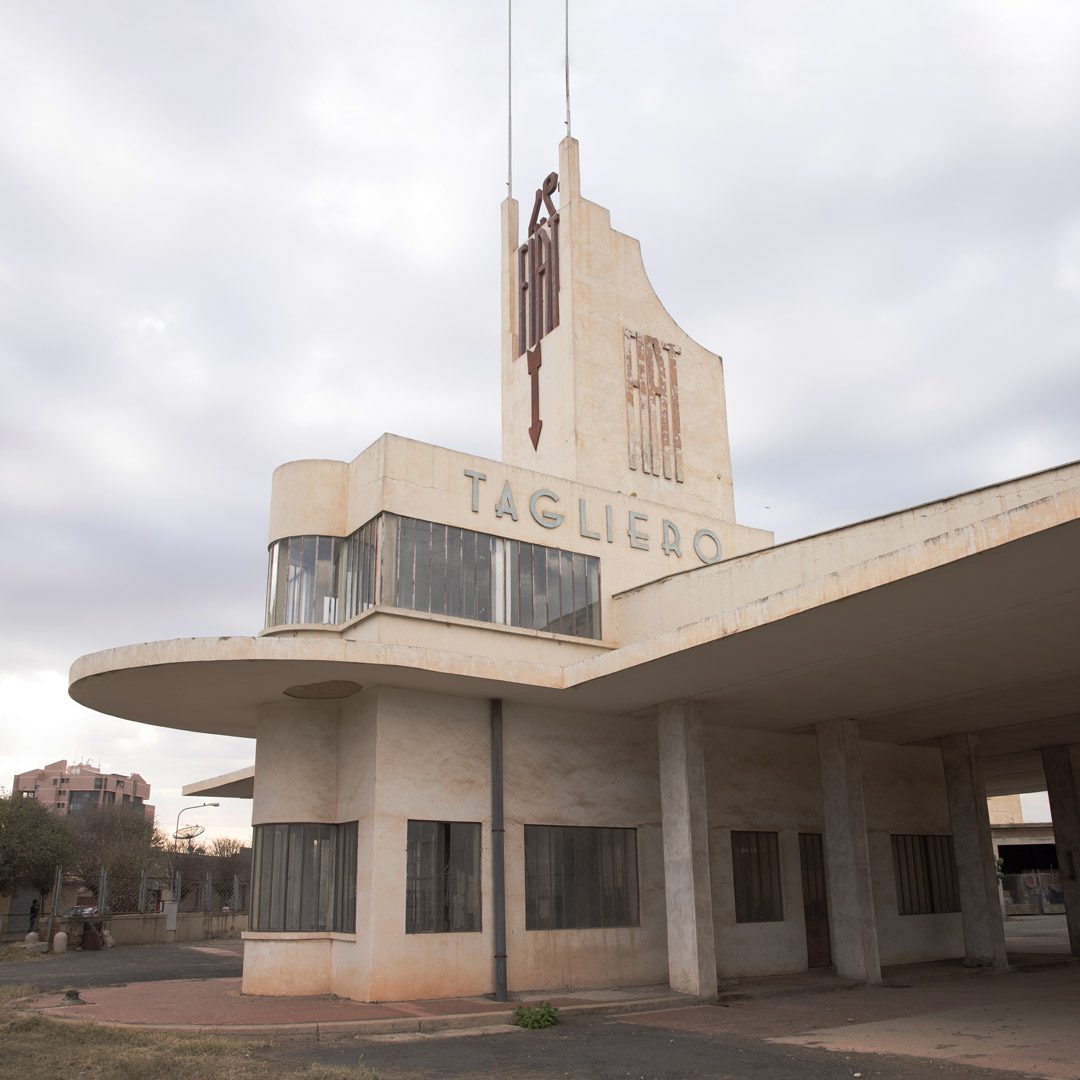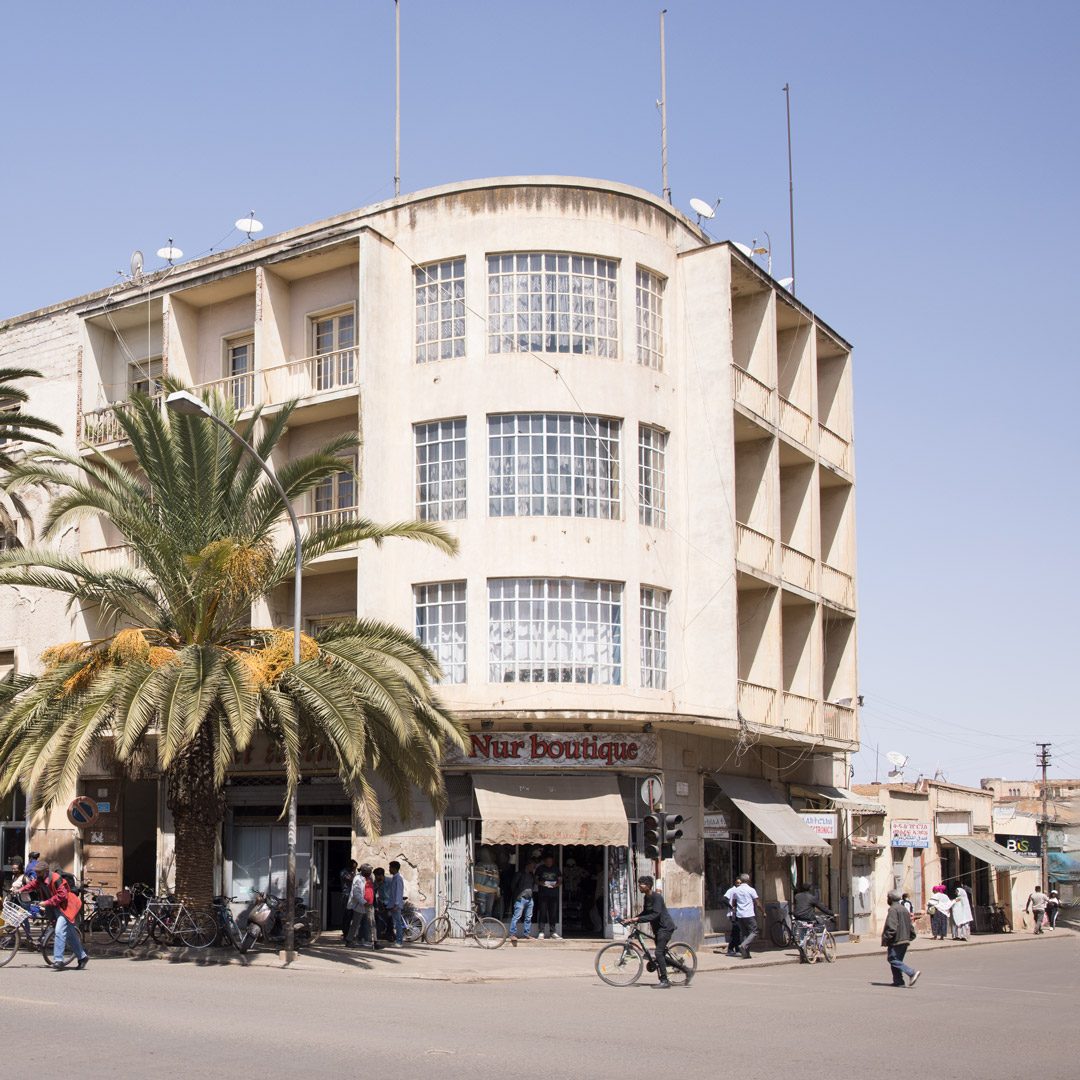Asmara, the capital of Eritrea, was proclaimed a UNESCO World Heritage Site in 2017, as it constitutes "an exceptional testimony of early 20th century modernist architecture and its application in an African context."

How have these architectural samples ended up in this small corner of the Horn of Africa? The explanation dates back to the end of the 19th century, when Asmara was named the capital of the Italian colony of Eritrea and the landing of Italians began in an undone city. Architectural creativity exploded when Mussolini decided to set up his base of operations here for the invasion of Ethiopia in the 1930s.

Thousands of Italians emigrated to the city that earned the nickname of little Rome, according to UNESCO "the most sophisticated town in all of Africa." All this coinciding with a stage of artistic, design and architectural emergence in Europe with all the interpretations of Modernism: Futurism, Rationalism, Novecento and Art Déco.

Do you want to know the Modernist architecture of Asmara (Eritrea)?
Discover Modernist architecture of Asmara together with the ethno-photographer Aníbal Bueno on our next trip to Eritrea from 26 of July to 3 of August 2023. Click here for more details of the trip.

From 1935 to 1941 thousands of buildings rose in Asmara. Italian architects saw an infinite proving ground in that city, not yet formed: airplane-shaped refueling stations, cinemas with strange period plasterwork, interior designs finished in wood, ultramodern factories, Art Deco hotels, and government buildings with monumental designs.

Cinema Impero
This building, one of the most elegant in Asmara, is a perfect example of art deco cinema architecture from the 1930s. Inside, a stepped structure shaped like an organic curve will welcome you, while rows of pillars surmounted by lion heads separate the auditorium from the screen.

Fiat Tagliero service station
The Fiat Tagliero service station is one of the most striking projects in the city. Designed by Giuseppe Pettazzi in 1938, it stands astonishing even today due to its 30-metre-long concrete cantilevered roof, reminiscent of an airplane - the most admired marvel of Futurists - and symbolizing the era's confidence in technology.

Cinema Roma
1937 was the year that saw the birth of the Roma, an Art Deco cinema that was then called the Excelsior. Its impressive gray marble façade is the perfect prelude to what awaits you inside, which still has posters of Fellini's hits and a beautiful café.

© Photos by Xavi de las Heras
